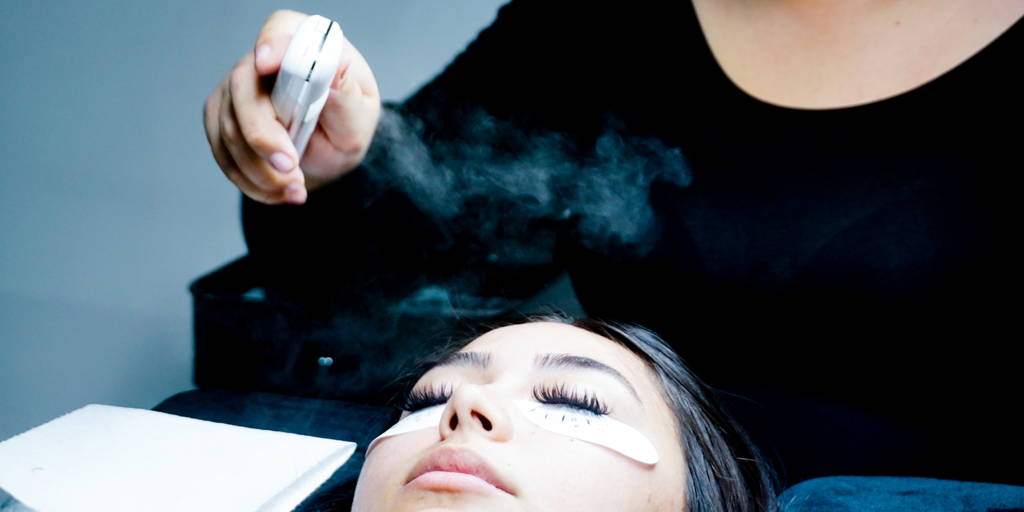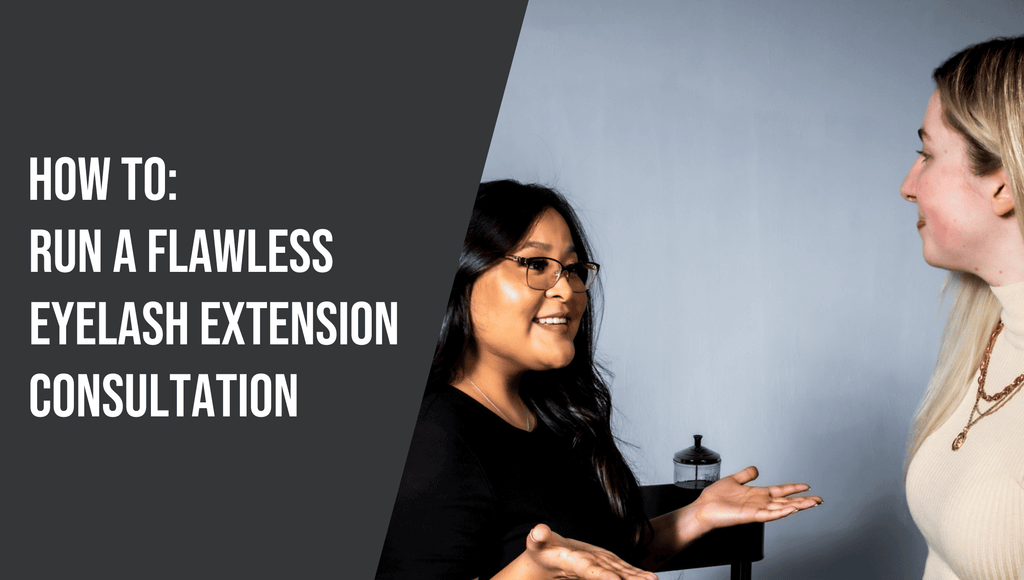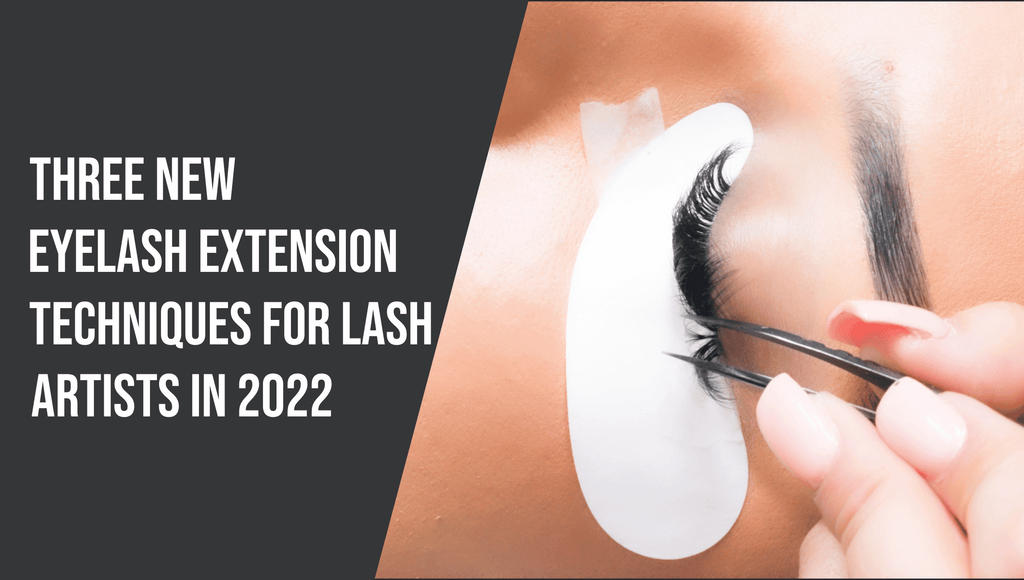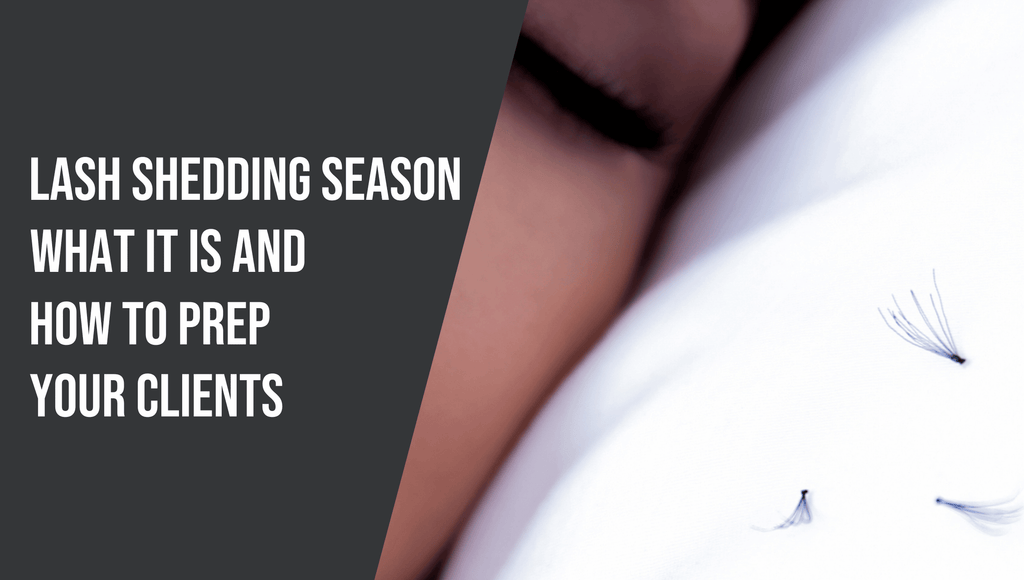November 7, 2019 by The Lash Professional.
Drying vs. Curing: What Lash Artists Need to Know About Eyelash Extension Glue

Let’s talk about something super important in the lash world—drying vs. curing. If you’ve ever wondered what the difference is when it comes to eyelash extension glue, you’re not alone. This is one of those topics that every lash artist needs to understand, especially if you’re looking to improve your retention game and keep your clients coming back for flawless lashes.
As a lash artist I’m here to break it all down in a way that’s easy to understand. So, grab your tweezers and let’s dive into the science behind drying and curing, and how they affect your lash application process.
What Does “Drying” Mean for Lash Glue?What is drying?
Drying refers to the initial stage of the adhesive setting. This happens when the adhesive starts to bond to the natural lash, but the bond isn’t fully secure yet. Think of it as the “getting there” stage—it’s not ready for prime time just yet.
Key Points About Drying:
-Drying happens almost immediately after you place the extension on the natural lash.
-The adhesive might feel tacky during this phase, but it’s not completely set.
-Humidity, temperature, and airflow all play a big role in how quickly the glue dries.
What Does “Curing” Mean for Lash Glue?
Curing is the next step after drying, and this is where the magic happens! During the curing phase, the adhesive fully hardens and forms a strong, long-lasting bond. Curing is what ensures the extension stays in place until your client’s next fill.
Key Points About Curing:
-Curing is a chemical process where the adhesive solidifies as it reacts with moisture in the air.
-It typically takes 24 hours for the adhesive to fully cure, which is why we tell clients to avoid water and steam for the first day.
-Proper curing is critical for retention—without it, lashes won’t last as long.
Drying vs. Curing: What’s the Difference?
| Aspect | Drying | Curing |
|---|---|---|
| Timing | Happens immediately after application | Takes up to 24 hours to fully complete |
| Bond Strength | Initial bond is formed | Bond is fully secure and hardened |
| Role of Humidity | Speeds up or slows down drying time | Necessary for curing (moisture activates glue) |
| Effect on Retention | Weak bond if not dried properly | Essential for long-lasting extensions |
How to Optimize Drying and Curing
Common Mistakes with Drying and Curing
Even experienced lash artists can run into issues if they’re not careful. Here are some common mistakes to avoid:
Using Too Much Adhesive: This can slow down drying time and lead to poor curing. Always use a tiny bead of glue.
Ignoring Humidity Levels: If your adhesive isn’t performing well, check your environment—it’s likely the culprit.
Skipping Aftercare Education: Clients who expose their lashes to water too soon can compromise curing, leading to premature fallout.
Why Drying and Curing Matter for Retention
Here’s the bottom line: If your adhesive doesn’t dry and cure properly, your retention will suffer. Clients won’t be happy with extensions that fall out too soon, and you’ll find yourself spending more time fixing issues instead of building your business.
When you understand the science behind drying and curing, you can troubleshoot retention problems, adjust your techniques, and create lashes that last.
Final Thoughts on Drying vs. Curing
Understanding the difference between drying vs. curing is a total game-changer for lash artists. When you get it right, your lashes will last longer, your clients will be happier, and your business will thrive.
By controlling your environment, choosing the right adhesive, and educating your clients, you’ll set yourself up for success—and flawless retention every time.
Here’s to mastering the lash game, one perfect bond at a time!




